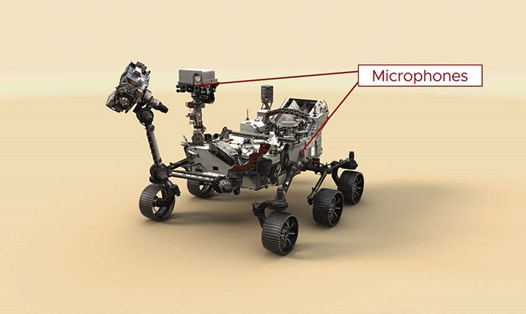NASA plans to send people to Mars by the 2030s. However, Mars' return to Earth could cost up to $8 billion as it would transport 30 tons of methane and liquid oxygen to the Red planet to fuel the rocket's return.
Researchers at the Georgia Institute of Technology have proposed a method of using natural resources found on Mars' surface to fuel bacteria - in which these bacteria can be converted into fuel.
The team wants to build giant photosynthetic reactors on Mars, using sunlight and carbon dioxide to create blue bacteria to create sugar.
An E. coli bacteria transported from Earth to Mars will then convert those pathways into Mars-specific launchers for use in missiles and other propulsion devices.
This method not only significantly reduces costs but according to researchers, the new process also creates 44 tons of clean oxygen that can support people living on Mars.
Mars launch vehicle, known as the compound 2.3-butanediol, is not just a concept but has been used on Earth to create polymers for rubber production.
Wenting Sun - associate professor at Daniel Guggenheim School of Aerospace Engineering - said: "2,3-butanediol has been around for a long time but we have never thought about using it as a launching pad. After initial analysis and testing, we realized that it was a good candidate."
Research published in Nature Communications outlines the process that will occur on Mars, starting with the transportation of plastic materials that could create photosensitizers as large as football fields on Mars.
The Mars bio-reactive cell consists of 4 modules, including an area used to develop Lam Bacterium.
The team found that the strategy uses less energy than the current option of transporting methane from Earth and producing oxygen via chemical catches.
Pamela Peralta-Yahya, a member of the research team and associate professor at the School of Chemistry and Biochemistry, said the method requires much less energy to take off on Mars and those chemicals are not designed to launch missiles on Earth.
NASA's schedule for when to bring people to Mars has changed over the years because missions rely heavily on bringing people back to the Moon first.
According to Daily Mail, the latest news shows that 2037 could be the time to send people to Mars.









